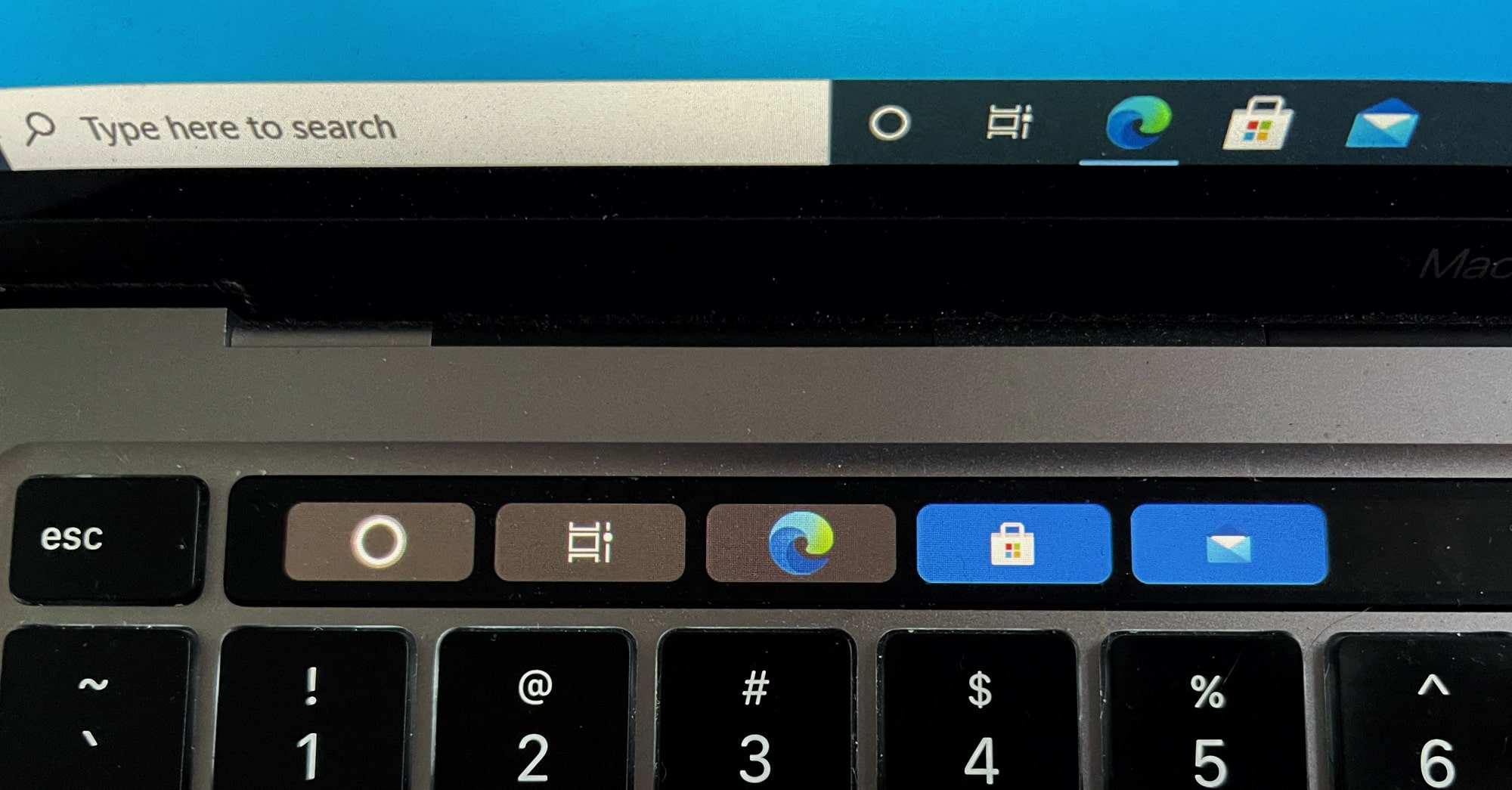Not everything plays nicely on Apple Silicon, but the gap is closing, complete with Microsoft’s Windows, thanks to the latest Parallels release.
You don’t typically buy a Mac to run Windows, but up until last year, a Mac could run Windows for one of the reasons you might want to. Whether it’s the compatibility of having both major operating systems under the one computer or even just getting it to play games, a Mac could handle Windows through either Bootcamp or emulation under software, but Apple’s M1 changed that.
When Apple Silicon launched and began replacing the Intel hardware in Mac computers, the line didn’t quite play nicely with Windows, not like it had in the past. It meant playing Windows-based games on a Mac was partially out, and if you had Windows software you had to run side-by-side was largely off limits, too.
Sadly, it seemed as though people who wanted the best of both worlds had to wait.
Fortunately, they didn’t have to wait too long, as Parallels is ready with a version of its virtual desktop software, Parallels Desktop 16.5 for Mac, and it can now run Windows on the M1 Macs.
It means owners of the M1 MacBook Air and M1 MacBook Pro 13, as well as the M1 Mac Mini, can now grab a copy of the software and load Windows on their Mac without too much work, running apps either inside of a window or full-screen experience like any other app, or even running them inside macOS as part of Parallels’ “Coherence Mode”, which runs the Windows apps as if they were macOS apps.
Technically, M1 Macs can only run a version of Windows made for ARM processors, which can be found in the Windows 10 ARM Insider Preview, so if you have an existing Windows install made with Parallels from an Intel Mac, that can’t run here. However, the Windows 10 ARM copy is easy to install, and once setup, means Mac users on Apple Silicon can get Windows apps running well, and with a heap of performance, too.
As it is, Parallels is talking up to 30 percent better performance on an M1 Mac than with an Intel-based Mac, and up to 60 percent better gaming performance over Windows’ Direct X 11, essentially granting gamers some attention on a MacBook Pro or MacBook Air, and any future Macs coming out with the M1 chip or higher. Parallels also says the M1 Macs use up to 2.5 times less energy for Parallels than a 2020 Intel MacBook Air, possibly showing more of that impressive energy and battery usage we found during our MacBook Air review.
The result is one that we’re seeing first-hand, with games we’ve not been able to play since moving to a Mac able to be played again, and without slowdowns.
“Apple’s M1 chip is a significant breakthrough for Mac users,” said Nick Dobrovolskiy, Senior Vice President of Engineering and Support for Parallels.
“The transition has been smooth for most Mac applications, thanks to Rosetta technology. However, virtual machines are an exception and thus Parallels engineers implemented native virtualisation support for the Mac with M1 chip,” he said. “This enables our users to enjoy the best Windows-on-Mac experience available.”
Other features in the Parallels Desktop 16.5 for Mac include shared folders between the Mac and Windows installs, plus Touch Bar controls granting Windows features to the MacBook Pro Touch Bar.
Parallels is even touting an upcoming feature that will aim to let you run another install of MacOS inside its own virtual environment later in the year.
For now, Parallels Desktop 16.5 for Mac sees a subscription at $109.95 per year while a perpetual license sits at $137 in Australia. Meanwhile upgrades from Parallels Desktop 14 or 15 to the perpetual license costs $71.45 in Australia. Parallels Desktop 16.5 is available now.









